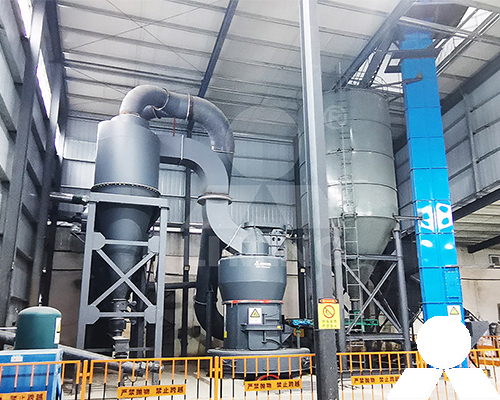Industrial Mills Specialized for Grinding Dolomite
Dolomite, a sedimentary rock composed primarily of calcium magnesium carbonate, is a valuable mineral with diverse applications in various industries. Its unique properties make it an essential ingredient in numerous products, including glass, ceramics, construction materials, and pharmaceuticals.
The processing of dolomite into usable products often requires grinding it into fine particles. This task is accomplished by specialized industrial mill designed to efficiently handle the unique characteristics of dolomite.

Challenges of Grinding Dolomite
Grinding dolomite presents several challenges that must be addressed by specialized mill:
- Hardness: Dolomite is a relatively hard mineral, making it more resistant to grinding compared to softer materials.
- Abrasiveness: Dolomite’s abrasive nature can cause wear and tear on mill components, leading to increased maintenance costs.
- Heat Generation: The grinding process generates heat, which can affect the properties of dolomite and potentially decompose it.
Industrial Mills for Dolomite Grinding
To overcome these challenges, several types of industrial mill are specifically designed for grinding dolomite:
- Ball Mills: Ball mill are versatile mill that utilize rotating drums filled with grinding media, such as steel balls, to pulverize dolomite. They are effective for producing fine dolomite powder.
- Vertical Roller Mills: Vertical roller mill employ rollers to crush and grind dolomite between them. They are known for their high throughput and ability to produce uniform particle sizes.
- High-Pressure Grinding Rolls: High-pressure grinding rolls (HPGR) utilize rollers that apply extreme pressure to break down dolomite particles. They are particularly efficient for producing ultra-fine dolomite powder.
Factors to Consider When Selecting a Mill
The selection of the appropriate mill for grinding dolomite depends on several factors:
- Desired particle size: The fineness of the dolomite powder required for the end application.
- Production capacity: The desired output rate of the mill.
- Feed material properties: The size, hardness, and moisture content of the dolomite feed.
- Energy consumption: The mill’s energy efficiency and operating costs.
- Capital investment: The initial cost of the mill and associated equipment.
Industrial mill specialized for grinding dolomite play a crucial role in processing this versatile mineral for various applications. By understanding the challenges of grinding dolomite and the capabilities of different mill types, manufacturers and users can select the most suitable mill for their specific needs, ensuring efficient and high-quality dolomite processing.









